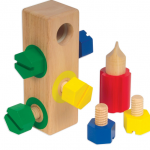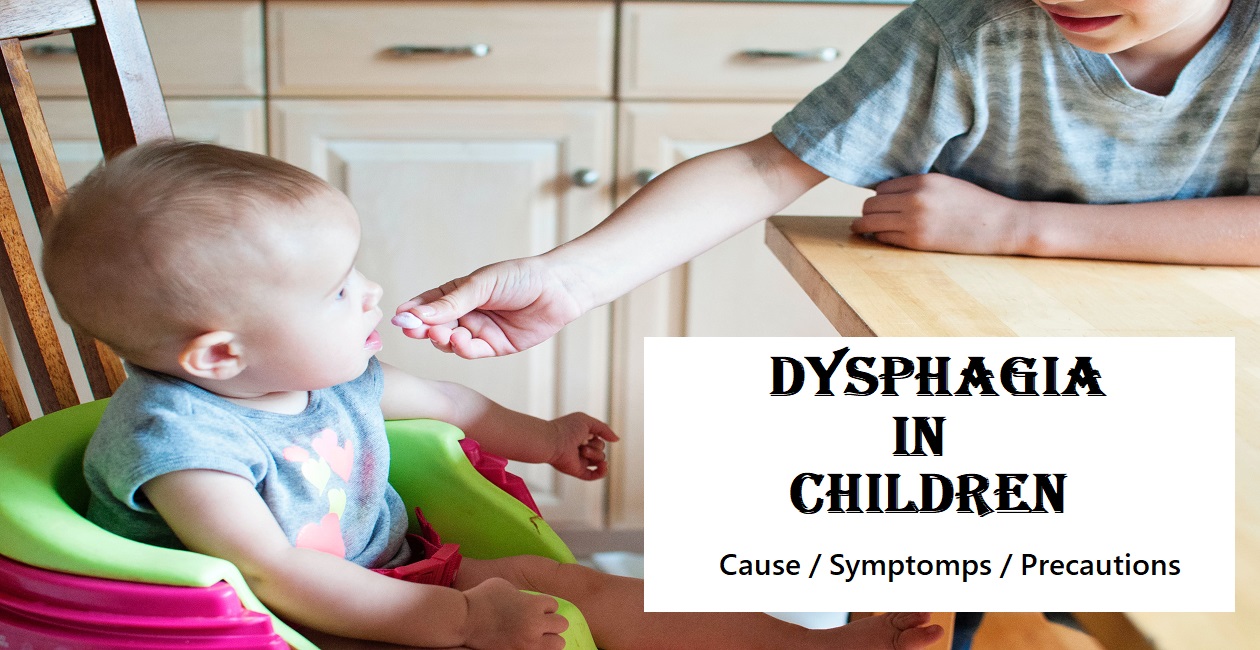Note: This article on Dysphagia in Children is only to provide some information about this issue and does not constitute a medical advice. To understand more on this issue, please discuss with your child’s pediatrician or family doctor. This article is only for information purpose.
What is Dysphagia in Children
Dysphagia in Children is basically the problem of difficulty in swallowing food. This is a very painful phase and can be seen in kids as well. They are unable to swallow solid or even liquid food. The process of food going through mouth to throat and then esophagus is not being done properly by the body.
Let your child explain his problem if he or she is not eating properly on a daily basis rather than resorting to punishment. Be careful they may really need you.
A proper diagnosis on time can save your child from a later stage hassle. Give attention to the eating habits and see if he/ she are eating his favorite food properly or not. Give them some time and observe them closely.
Some reasons for Dysphagia in Children
There are certain problems which can lead to problem in swallowing in children. They are:
- Premature birth: it can lead to lesser developed body parts and weak digestive system.
- Developmental delays: when overall growth of the child is slow it also affects the digestive system.
- Craniofacial anomalies: deformity in the growth of the facial bones of the child can lead to improper eating.
- Large tongue or tonsil can lead to lesser space for food and cause ineffective eating.
- Diseases effecting nerves and muscles can cause paralysis or poor functioning of the tongue and muscles in the throat and the esophagus: such as stroke, tumor, nerve or brain injury etc.
- Esophageal Artesia: it is the prenatal malformation of the digestive tract in the child.
- Being on the ventilator for a long time can cause injury to the throat and esophagus.
- Compression of extra pressure on the esophagus by other body parts such as thyroid gland, heart, lymph nodes etc.
- Or sometimes swallowing of unwanted things by the child such as coins or small beads etc.
Symptoms of dysphagia in children
- Frequent coughing or choking up on food while eating or even drinking.
- Throwing up food frequently sometimes even through nose.
- A prevailing feeling of food being stuck in the throat or chest.
- Persistent drooling of saliva of the child.
- Inability to chew food properly.
- Over time weight loss and repeated chest infections and problem in the chest area.
- Persistent pain in the chest and swallowing issues.
Major causes of dysphagia in children
The major causes of dysphagia in children are at oral preparation stage, pharyngeal stage and esophageal stage. It is basically the malfunction of nerves that convey message from brain to the digestive system.
In the operational stage the food is chewed by the child and then made moist by the saliva in the mouth. In this stage the swallowing and moistening of food can be assisted by giving small portions of liquid in the mouth.
Then in the next stage the food enters the pharynx or the throat. A small flap called epiglottis closes the windpipe so that food does not go the wrong way to enter the lungs. Though it is voluntary function in the beginning but inside it is involuntary. Epiglottis has to open after short intervals for breathing.
So if ever there is a problem with this epiglottis it will create problem in eating and swallowing. This causes choking and throwing up of food as there is disco-ordination between breathing and swallowing.
In the next step the gravity takes charge and the food is pushed down by its own weight. There are wave like movements in the stomach to digest and move the food. If there is improper movement of food it can get cluttered in the stomach causing pain and indigestion.
You may also like
A few precautions that can be taken for the kids to avoid and reduce dysphagia in children:
- Sit up straight at 90 degrees when having food or drinking.
- Give them small bites, like half a spoon at a time.
- You can give small sips of liquid along with food bites to assist in swallowing.
- Be patient and let them eat slowly. Try to give only one food item at a time and not a very lavish spread.
- Avoid talking to the child while eating as it can distract them.
- If there is an issue eating food with one side of the mouth try the other side.
- At the end of the meal give some liquid to make sure no food is left in the mouth.
- You must maintain oral hygiene else it will only exaggerate the problem.
- You can make the child bend a little forward while swallowing to avoid food entering the wind pipe.
- Let the child eat in a calm and comfortable environment, so that he can concentrate on the food.
- Sit straight or walk around after the food for at least 30 to 45 minutes and do not put the child straight to bed. Let gravity do its job in a good way.
- Avoid giving liquid with a straw.
If a child is unable to eat properly they shall become irritated all the time as they are hungry and want to eat but the fear of pain and throwing up makes them avoid it.
They also lose interest in the other activities like playing or studying as all the time they are occupied by the thought of eating. The key is being patient with your child and allow them to express their problem to you in the first place. Correct diagnosis will help treat in time and save your child from any bigger problem.
Dysphagia can lead to weight loss and malnutrition and further causing retarded growth of the body and brain.
The child is unable to extract nutrients from the food for the body to use it for various functions. It can lead to sever deficiency issues. If the problem persists for long then even operation is needed sometimes to make the opening of the throat bigger.
If not treated in time it can lead to grave diseases such as esophageal cancer.
Some resources to help you read more on this
https://childrensnational.org/visit/conditions-and-treatments/stomach-digestion-gi/dysphagia
https://www.asha.org/practice-portal/clinical-topics/pediatric-dysphagia/
https://www.childrens.com/specialties-services/conditions/pediatric-swallowing-and-feeding-disorders













